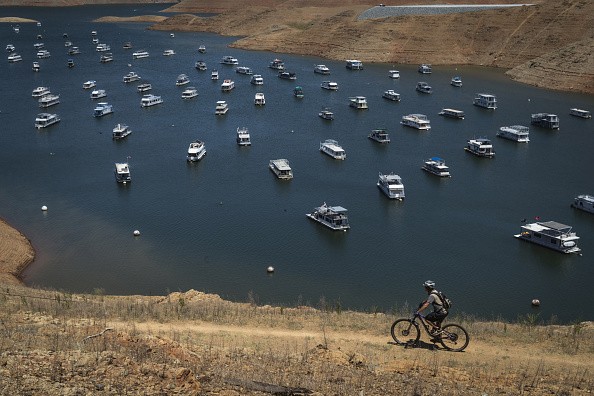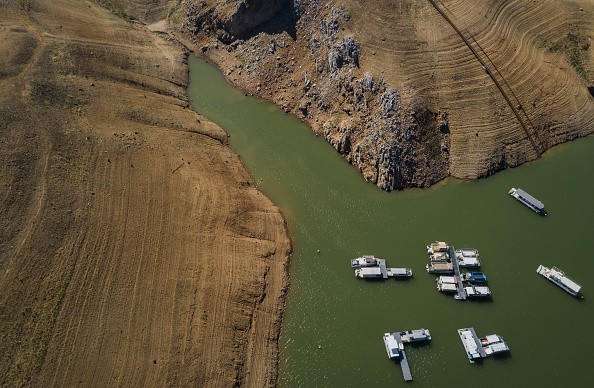As record dry conditions compound a statewide catastrophe, over half of all California citizens are affected by a regional drought emergency.

California Drought

The Metropolitan Water District of Southern California, which supplies water to 26 local agencies serving 19 million people, declared a state of emergency on Tuesday, calling for enhanced conservation efforts.
Last month, California Governor Gavin Newsom declared a statewide drought emergency, allowing the state water board to prohibit wasteful water practices like washing sidewalks and roadways with drinkable water.
Newsom's proclamation is supported by Tuesday's declaration, which activates extra conservation initiatives and increases water efficiency programs.
In Dire Need of Action
In a statement, board Chairwoman Gloria D. Gray stated, "We need quick action to safeguard and stretch our limited State Water Project resources." "On average, Southern California receives one-third of its water from Northern California through the state project. We'll be lucky to get a quarter of that next year."
Historic Drought
The pronouncements come as California grapples with historic drought and an increasing strain on the state's water supply. The last two water years in California were the driest two-year period on record in terms of precipitation. As a result, Lake Oroville, the State Water Project's primary reservoir, reached its lowest position since the 1970s in August.
Newsom called on households across the state to reduce their water use by 15% in July, but official data revealed that residents had only lowered their use by roughly 5% by August.
According to the water district, the California Department of Water Resources has stated that its initial State Water Project allocation will be zero next month. According to the water district, if the drought persists, the state may only release "as much water as is judged necessary to protect Californians' health and safety," according to the water district. This might involve lowering water delivery, which would eventually eliminate the need for outside watering.
Limiting Water Consumption
In a statement, Metropolitan General Manager Adel Hagekhalil stated, "We're entering unknown terrain here, and we need all Southern Californians to be part of the answer." "Everyone must take immediate measures to limit their water consumption. This designation of a drought emergency aids us all in moving in the same direction."
Monitoring California Waters

California has gotten so dry that even an October downpour in the state's northern regions failed to help the drought. During typical years, the Sierra Nevada's winter snowpack supplies around 30% of the state's water when the spring melt arrives and water rushes off to be trapped in the state's reservoir system.
The state Department of Water Resources' computerized monitoring discovered that the snowpack was just 59 percent of average on April 1, when it is generally at its deepest and holds the most water.
Then, in a startling turn of events, almost 80% of the expected runoff never materialized. Instead, because the soils were so dry and the temperatures were so hot, the water was absorbed or evaporated, and reservoir water storage levels plummeted.
For more climate and weather updates, don't forget to follow Nature World News!
© 2026 NatureWorldNews.com All rights reserved. Do not reproduce without permission.





